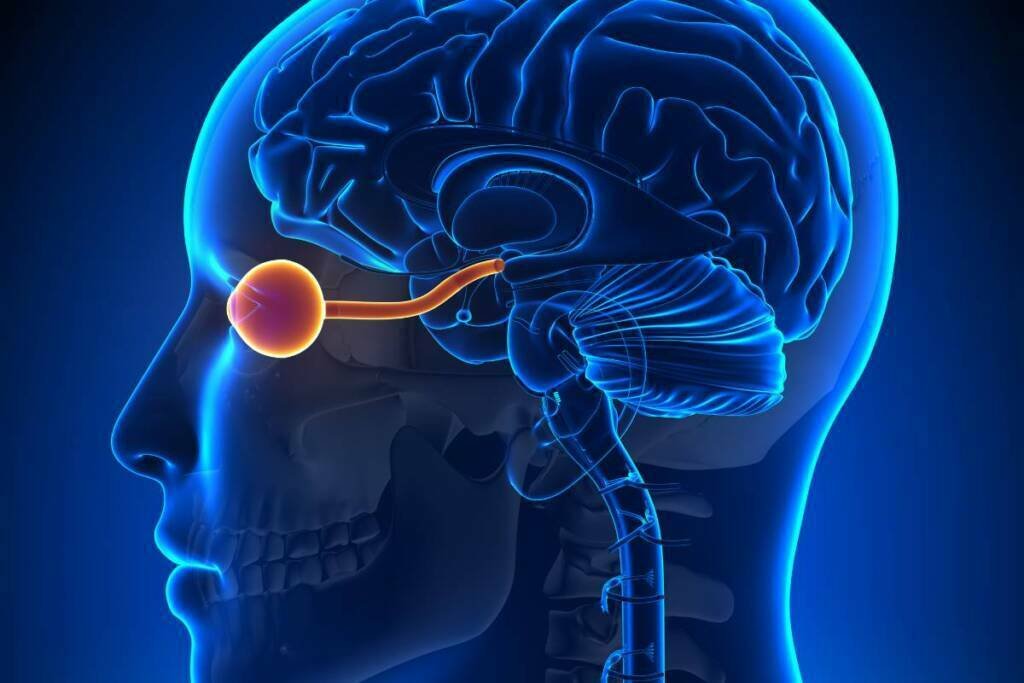Source – Horizon Therapeutics
Horizon Therapeutics unveiled positive MRI data from a Phase III clinical trial of UPLIZNA (inebilizumab) at the 9th Congress of the European Academy of Neurology. The data demonstrated a reduction in the development of subclinical (asymptomatic) transverse myelitis lesions in individuals with neuromyelitis optica spectrum disorder (NMOSD), a rare and debilitating central nervous system disease.
The N-MOmentum pivotal trial (NCT02200770) is the largest Phase III clinical trial conducted in NMOSD and the only one that collected MRI data, which was used to determine disease attacks. A post-hoc analysis of the MRI findings revealed that subclinical spinal cord lesions were associated with future NMOSD attacks.
UPLIZNA is the first and only targeted CD19+ B-cell-depleting therapy approved by the US FDA, the European Commission, and the Brazilian Health Regulatory Agency (ANVISA) for the treatment of NMOSD in adults who test positive for anti-aquaporin-4 immunoglobulin G seropositivity (AQP4-IgG+).
NMOSD encompasses neuromyelitis optica (NMO) and related syndromes. It is a rare, severe, and relapsing neuroinflammatory autoimmune disease that affects the optic nerve, spinal cord, brain, and brainstem. Approximately 80% of NMOSD patients are positive for anti-AQP4 antibodies.
During the Phase III trial, MRI imaging was performed on the spinal cord, optic nerve, and brain/brainstem to assess the frequency, prognosis, and response to UPLIZNA treatment in terms of subclinical lesions.
“Attack prevention is a priority in managing NMOSD, as just one attack can lead to life-altering vision loss and mobility challenges. We are pleased to see that the long-term Phase 3 pivotal trial data show that UPLIZNA effectively reduced subclinical MRI findings and NMOSD attacks while continuing to offer new learnings that help advance our understanding of the disease and improve patient care.”
– Kristina Patterson, M.D., Ph.D., senior medical director, neuroimmunology medical affairs, Horizon
Out of the 134 participants in the pivotal trial who underwent full neuroaxis MRI and showed no new NMOSD symptoms at the end of the 28-week randomized control period (RCP), 20 (15%) had asymptomatic MRI lesions on the spinal cord. These lesions were smaller than those associated with attacks and notably occurred less frequently among patients receiving UPLIZNA.
Friedemann Paul, study author and group leader of the Clinical Neuroimmunology Department of NeuroCure Clinical Research Centre at the Charité, Berlin, said: “It is encouraging to see that UPLIZNA reduced the formation of these lesions. Future studies evaluating subclinical findings will help offer additional clarity on their relationship with disease activity.”
“This analysis offers new insights into the significance of subclinical MRI findings on the spinal cord as a potential signal of future attacks, adding to the growing list of tools available for physicians to better monitor their patients. It is encouraging to see that UPLIZNA reduced the formation of these lesions. Future studies evaluating subclinical findings will help offer additional clarity on their relationship with disease activity.”
– Friedemann Paul, study author and Group Leader of the Clinical Neuroimmunology Department of NeuroCure Clinical Research Centre at the Charité, Berlin
Furthermore, subsequent MRI results revealed a decrease in the number of these lesions as treatment with UPLIZNA continued. NMOSD is more prevalent in women and may occur more frequently in individuals of African and Asian descent.





























